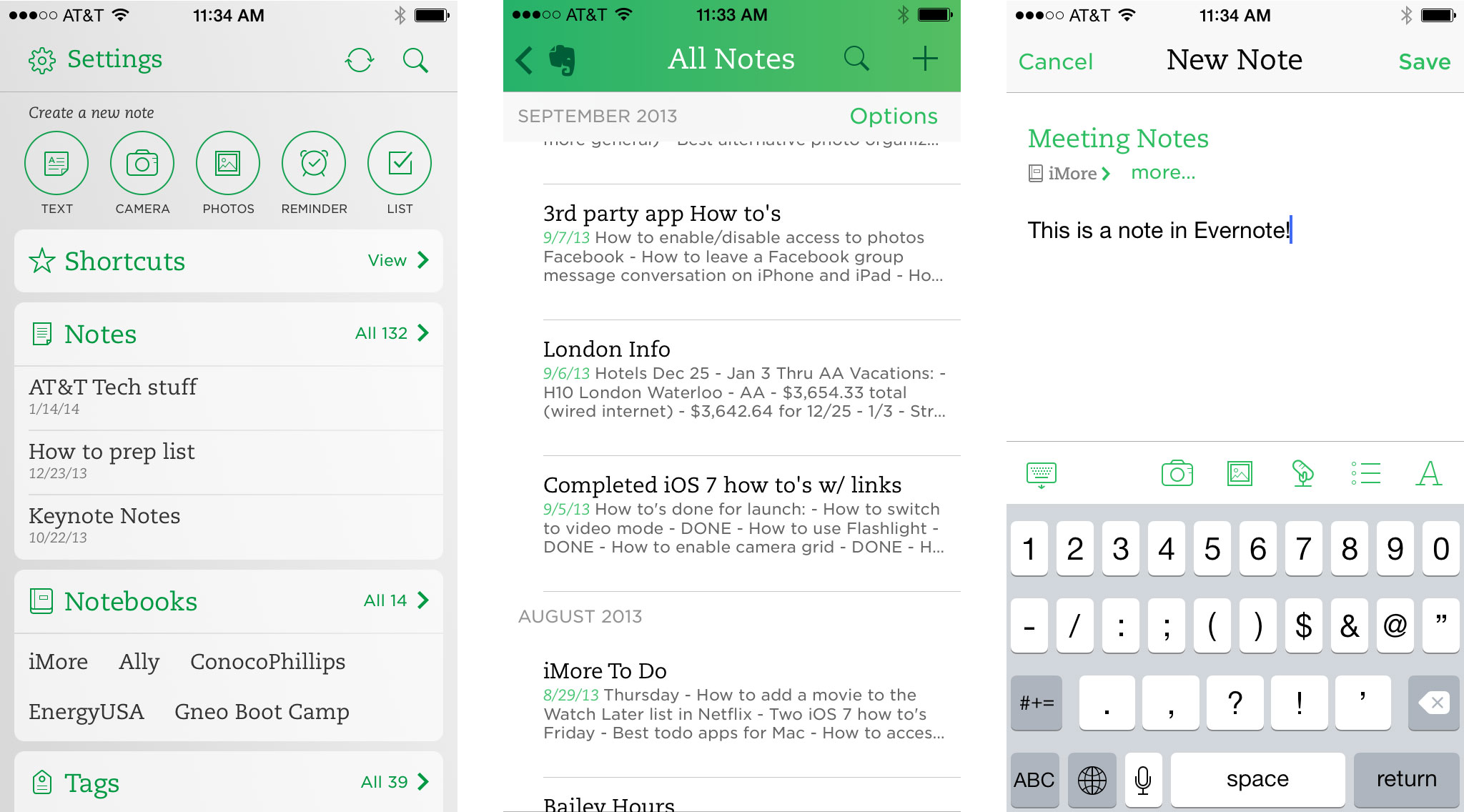 |
| Click for more Podcasting Resources |
For
several years I've been using a couple of (free)
tools to quickly create targeted content for students in my courses. While
this is not a unique approach, for anyone looking to reach your students with a
slightly less impersonal touch, a Podcast
Mini Tool (PMT) might just be the ticket.
Let
me answer some basic questions, then provide the links to the tools I use and let
you try them out for yourself!
- Who is the Target Audience?
- What is the Purpose?
- When is it Appropriate?
- How to…
To
begin with, this technique came about as a result of necessity more than anything
else. I found when grading essays, quizzes, online discussion responses and other
assignments there were often two or more common issues or errors noted.
Sometimes it was the result of less specific guidance and other times it was
the result of inaccurate interpretation of the guidance for the assignment.
 |
| Other Resources |
Depending
on the class size, commenting on shortfalls individually could take several
hours. One way to address shortfalls is to make a blanket statement and attach
it to everyone’s assignment. However, regardless how well crafted, it still felt
impersonal. An off-shoot of this low tech solution was to prepare a blanket
comment, then parse the appropriate areas for each student’s assignment and
send it off. Less impersonal, a bit more effective, but a little time
consuming.
In
using the PMT you actually comment
along as you go. For individual essays, reports or other writing assignments,
you provide a wealth of valuable feedback specific to the student needs. More
on that later.
Target
Audience:
The
target audience is the individual student. Feedback comes in three basic forms:
Constructive - tells the individual
how to make something better or do something better;
Corrective - tells the
individual how to fix what was wrong or make something right; and
Praise - validates the
individual and the work they performed
If
you follow this order student responses to your assessments will improve.
Purpose:
The
primary purpose of the PMT is to
quickly and effectively provide guidance and feedback response on students’ work
effort. A secondary purpose is to reduce the likelihood of misinterpretation or
misunderstanding of intent. To be effective the student must interpret the
written explanation in the manner you intended, or it loses its impact. Unless
you have built a strong academic relationship with the student, your intended
message in your written text is subject to distortion.
Appropriately
Applied:
A
good thing about the PMT is that you
aren’t required to use it all the time, or for every student assignment. For
example, if you’ve assessed multiple choice / True-False quiz, there may be
little use in preparing a PM. Conversely,
if you’re grading an essay style exam where more critical thinking and
application of logical reasoning is required, a PM will better Construct, Correct, or Praise in terms of feedback
than would the traditional text response.
Lastly,
when the content that is being assessed is detailed or complex, or you have
students at a geographic distance, the PMT
is a good way to bridge the distance and encourage multilevel engagement.
How
to…
 |
| Smart Passive Income Podcast |
Screencast-o-matic This PMT actually captures your screen and
records audio/video. In some instances you may want to do more than point out
errors in an assignment; you may want to provide another example. Since this PMT captures the screen, essentially
anything you can replicate on screen will be recorded and made available to the
student or the class. Recordings can be saved as MP4, AVI, and FLV formats.
The
caveat to both of these PMT’s is that
the free versions are limited to 15 minutes. The reasons why that is not a problem are 1) You can
make unlimited recordings i.e., Pt 1 of 4; and 2) Anecdotal evidence suggests attention
waivers after 15 minutes of watching a computer or cellphone screen.
Go
Ninja…Academically
To
get sort of Ninja while reading and
assessing assignments, prepare a script with common errors or issues you
noticed after each assignment assessment. Then as a summative explanation,
prepare a blanket Podcast Mini outlining
the common points of interest for the class as a whole and submit it to the
class as a whole.
There
is a strong likelihood that other educators have used other tools with varying
degrees of success, so I don’t purport that the PMT is the only solution. What I can say is that it has been
effective for me, and has helped reduce my grading/assessment of written
assignments and increase my student interaction.
Check
it out and see where PMTs will take
you!
Disclaimer:
I am not affiliated in any manner with either of these products, beyond being a
free user.




















